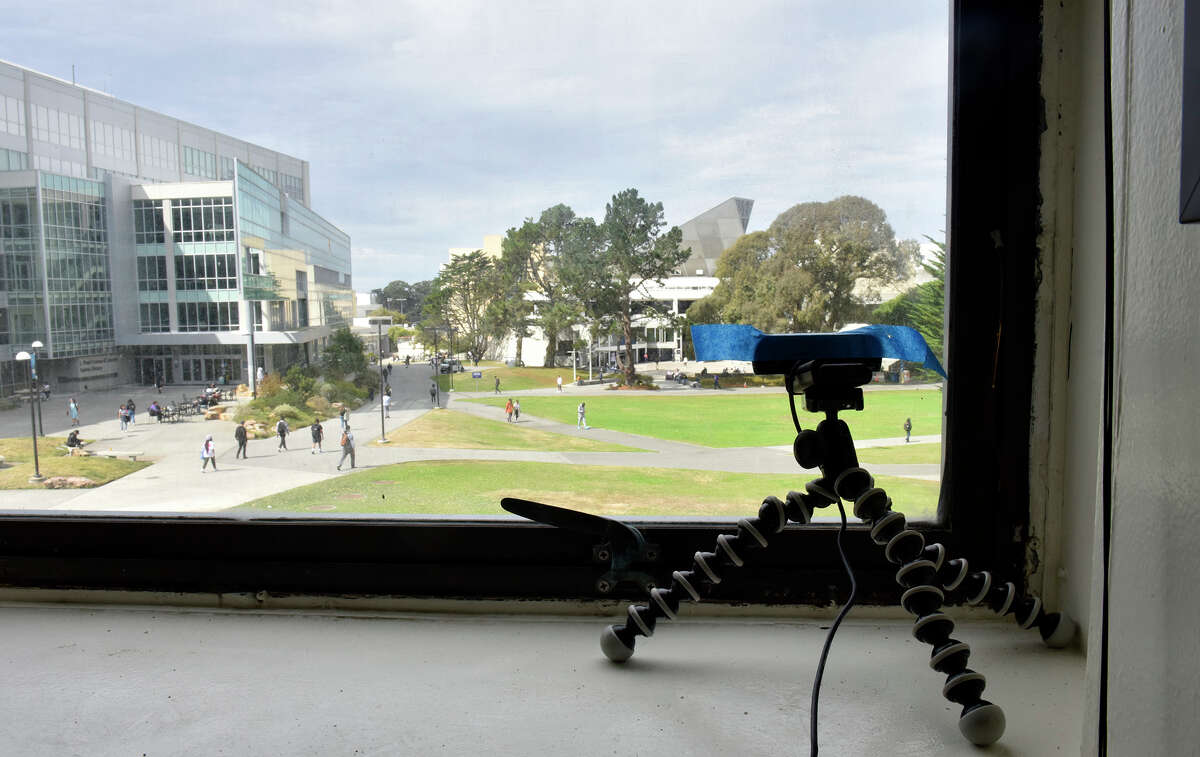Alveta Coats is trying to save Yosemite National Park’s Mariposa Grove.
For the last two weeks, the 64-year-old Paiute grandmother has been leading her team of four to prepare for the Creek Fire.
sfgate.com/california-wil…
For the last two weeks, the 64-year-old Paiute grandmother has been leading her team of four to prepare for the Creek Fire.
sfgate.com/california-wil…
With a background in forest maintenance and a long line of ancestors who lived in the park, she seems a good fit for the job.
Coats' employment within the park is also part of a long overdue reckoning over the inhumane treatment of Native Americans in Yosemite's history.
Coats' employment within the park is also part of a long overdue reckoning over the inhumane treatment of Native Americans in Yosemite's history.
She works for Calaveras Healthy Impact Products Solutions (CHIPS), a nonprofit organization that provides forestry jobs to people seeking employment in the Sierra Nevada foothills.
Throughout the organization, 80% of the employees are Native Americans, and the crews around Yosemite are mostly staffed with Miwuk and Paiute people whose ancestors were forced from their homes by state-funded militias in the mid-1800s.
During the mid-1800s, Native Americans were driven out of their homes by state-funded militias.
In this little-discussed and brutal era, settlements were burned, and villagers who didn’t flee to the eastern Sierras or the foothills were captured, shot or hanged.
In this little-discussed and brutal era, settlements were burned, and villagers who didn’t flee to the eastern Sierras or the foothills were captured, shot or hanged.
Most Native Americans were displaced, but a few families from the Paiute and the Miwuk found ways to remain in the park, working service jobs, weaving baskets and performing for tourists.
Coats’ parents were among the last members of the Paiute tribe to live inside the park.
Coats’ parents were among the last members of the Paiute tribe to live inside the park.
The Midpines community in which Coats grew up was small, with limited opportunities - but CHIPS opened the door.
“Nobody really wanted to do this kind of work,” Coats says. “But I like being outside.”
“Nobody really wanted to do this kind of work,” Coats says. “But I like being outside.”
For most of the last four years, Coats has been up in Tuolumne Meadows replanting meadow grass in areas where tourists walked off the trails and stomped vegetation.
“I remember when I was younger there used to be a lot of them,” Coats says. “Replanting makes me feel good.”
“I remember when I was younger there used to be a lot of them,” Coats says. “Replanting makes me feel good.”
For more in depth reporting on California’s Parks straight to your inbox, sign up for our newsletter here: sfgate.com/newsletters/ca…
• • •
Missing some Tweet in this thread? You can try to
force a refresh













